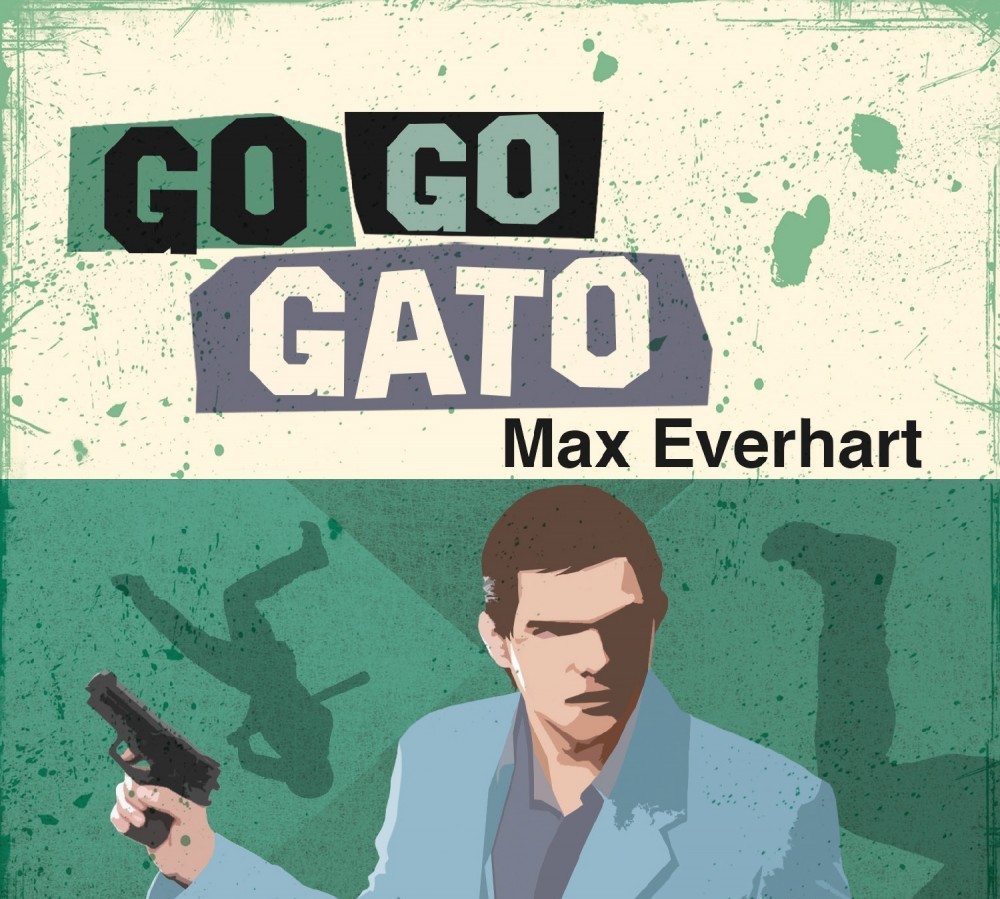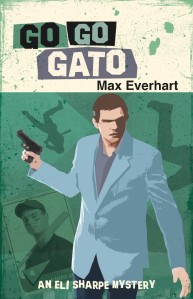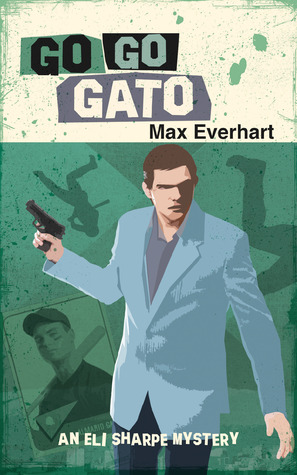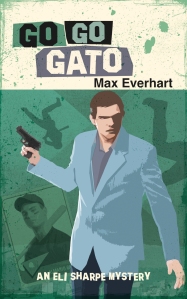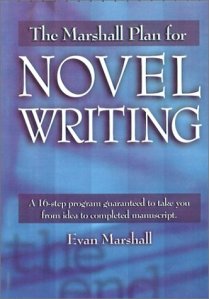My debut novel GO GO GATO is scheduled for release in one week, on August 1st, and I wanted to say a quick word about marketing/self-promotion.
And the word is this: tough.
It’s tough when you are an introvert and you want to be writer. I mean, you want people to read your work, and you think your writing is good and people might be entertained by it, but at the same time, you do not want to annoy/pester/piss them off by constantly posting things on Twitter and FB or emailing them asking for favors like writing reviews on Amazon, Goodreads, and everywhere else. But alas, that’s part of the gig these days, which, really, I don’t mind doing because I love books so much. In fact, the only reason I write at all is because I want to toss in my dash of spice to the great big wonderful stew known as Literature. (Did you see what I did there, with the metaphor thingie? How could you not want to read my book?!?)
Anyway, with that said, I would like to pre-thank any and all who have pre-ordered my book. No kidding, it means a lot to me, and I hope you enjoy reading it half as much as I enjoyed banging my head on the desk writing it (seriously, I did/do/will continue to do that. I have issues. Enough said.) I would also like to ask a small favor: after you read my book, if you would post an honest review on Amazon and Goodreads, I would be forever grateful. The review need not be lengthy. Even three or four sentences is a big help, especially if you actually liked the darn thing. Indie and Small Press authors like myself rely on reviews and word of mouth to gain a wider audience, so again, I say thanks in advance.
One more thing: I’m trying out a bit of a catchphrase/motto regarding marketing and my book. Here it is: If you like it, tell a friend. If you hate it, tell an enemy. (Come on, I’m funny, right? Read my book!)
